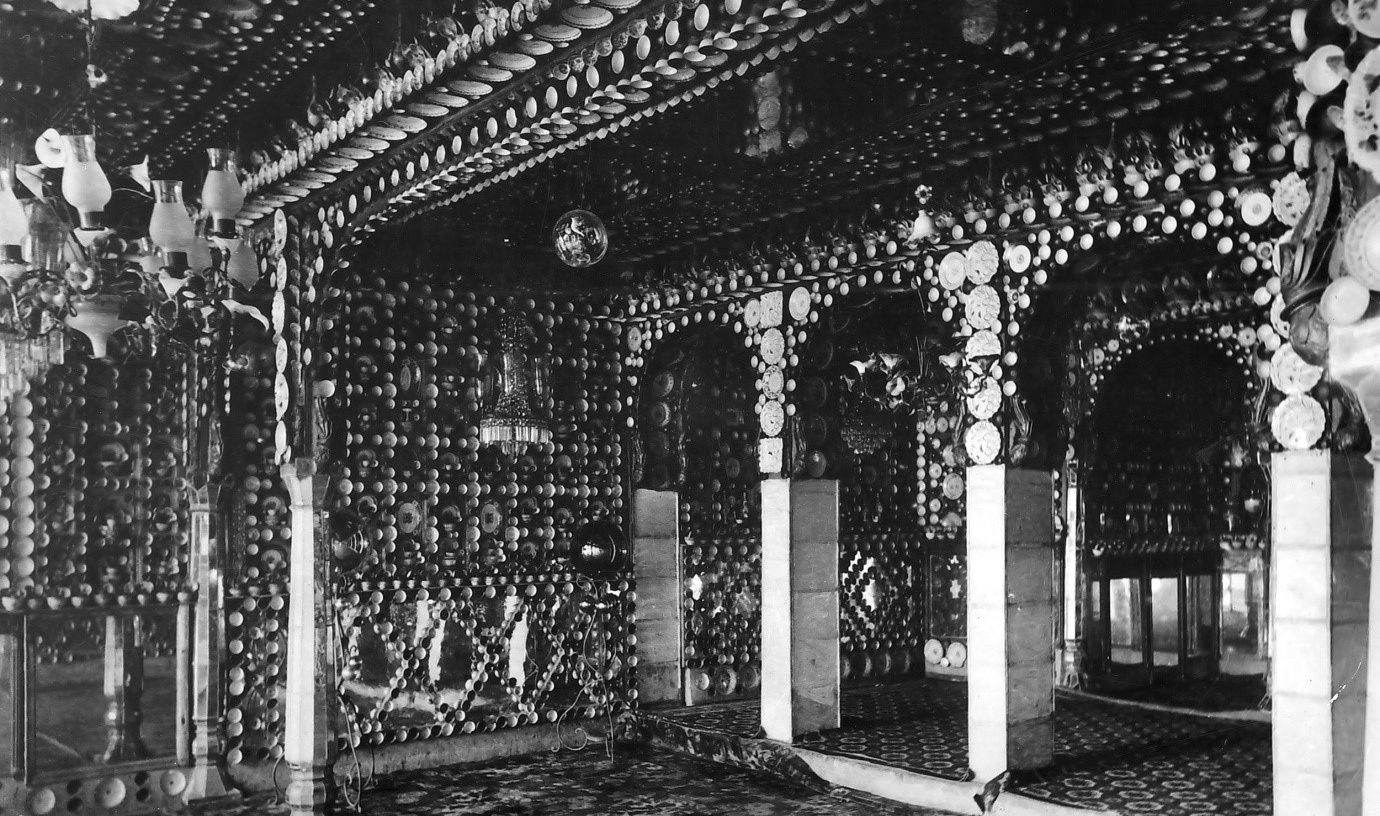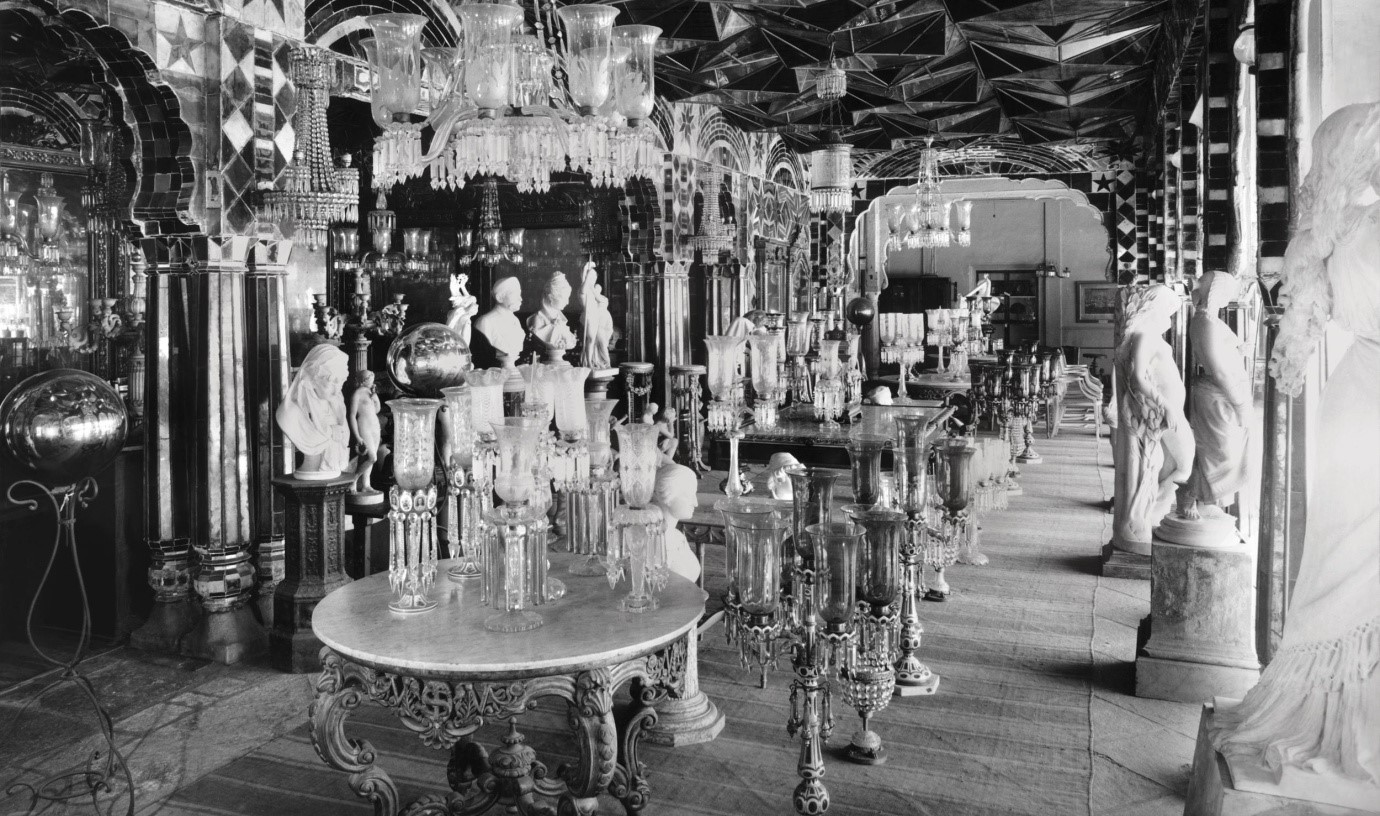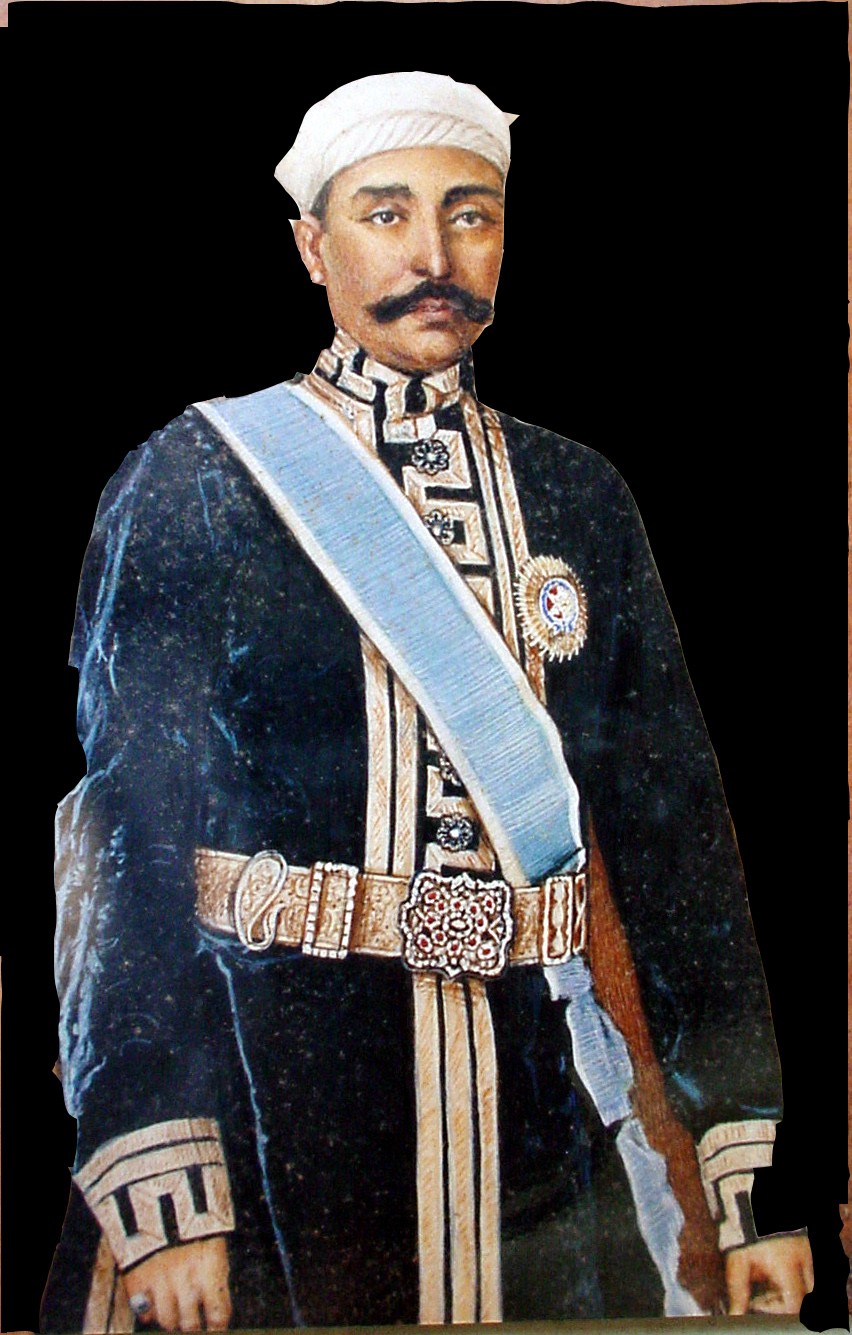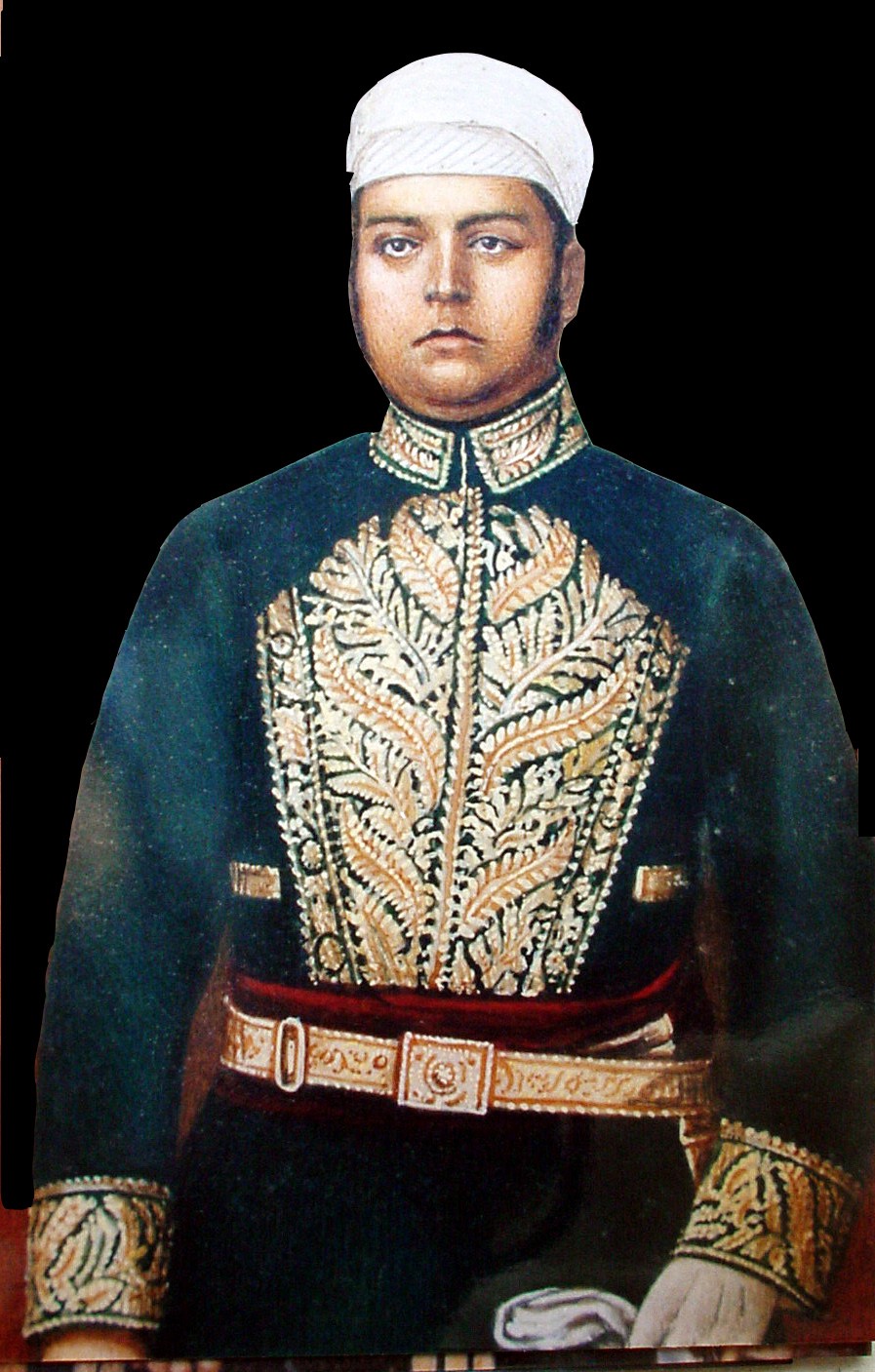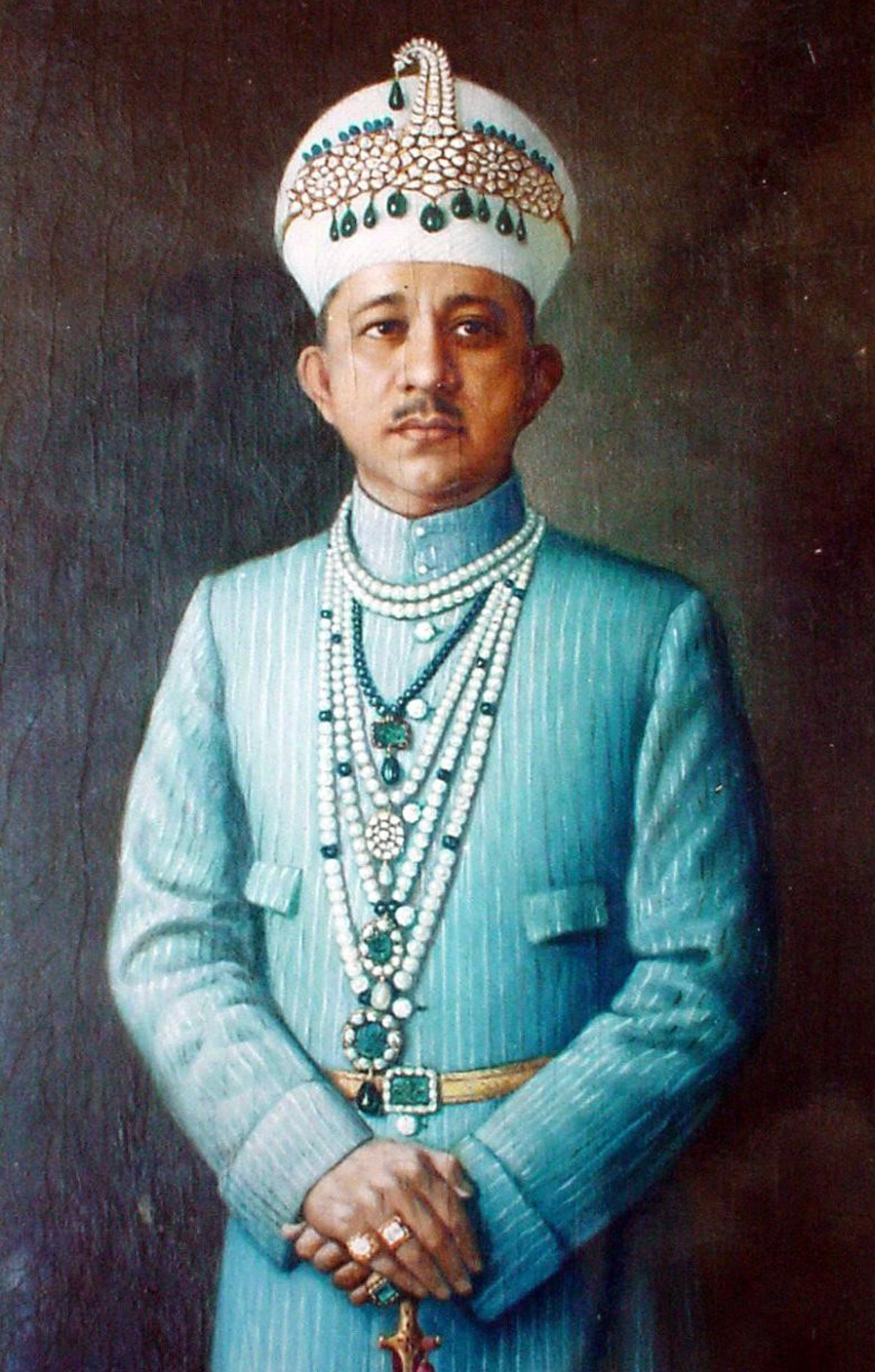History of Salar Jung Museum
The Salar Jung Museum was established in the year 1951 and is located on the southern bank of the River Musi in Hyderabad, Telangana State of India. The Salar Jung family is responsible for its collection of rare art objects from all over the world. The family is one of the most illustrious families in Deccan history, five of them having been prime-ministers in the erstwhile Nizam rule of Hyderabad-Deccan. Nawab Mir Yousuf Ali Khan, popularly known as Salar Jung III was appointed prime minister by Nawab Mir Osman Ali Khan Nizam VII in 1912. Salar Jung III relinquished the post of dewan or Prime Minister in November 1914 and devoted his life in enriching his treasures of art and literature. The news of his passionate love for art had spread far and wide and his ancestral palace, the Dewan Deodi was forever thronged with sellers of wares from all corners of the world. He also had agents abroad who sent him catalogues and lists from well-known antique dealers. He did not limit his purchases only to these sources but also made purchases personally during his tours abroad to Europe and the Middle Eastern countries.
Not only was he a great collector of antiques, art and rare manuscripts he also patronized poets, writers and artists, encouraging literary and cultural activities. He was responsible for the publication of many books on his own family members. This went on for forty years till he passed away on 2nd March 1949., the entire collection was left behind without an inheritor. It was the family members of the late Nawab who got together to gift the fabulous collection to the nation as there could not have been a better proposal.
The collection in the form of a museum was declared open on 16th December 1951 in Dewan Deodi, home of late Salar Jung’s and was opened to the public by Pandit Jawaharlal Nehru, the first Prime Minister of India. Later the Government of India with the consent of the family members took over the Museum formally through a compromise deed and the museum was administered by the Ministry of Scientific Research and Cultural Affairs, Government of India. Finally, in 1961, through an “Act of Parliament” the Salar Jung museum along with its library was declared an “Institution of National Importance”.
The Museum was transferred to its present building, inaugurated by Dr. Zakir Hussain, President of India in the year 1968. The administration was transferred to an Autonomous Board, with the Governor of Andhra Pradesh as its Chairman. After bifurcation of the state the Governor of Telangana is its Chairman.
A Brief History of the Salar Jung Family.
Nawab Mir Turab Ali Khan, Salar Jung I, was awarded the title of Salar Jung Bahadur at the age of 13, and later he was appointed as Prime Minister at the age of 24 by Nizam IV, Nawab Mir Farkhunda Ali Khan Nasir-ud-Daulah. He was an astute administrator, known for his reforms and being a connoisseur of art. He died in the year 1883. Salar Jung I was inspired by commemorative mementos made for coronations and special events of European royal families. On his visit to England in 1876, he ordered ceramic objects bearing his portraits. He is also said to have bought the” Veiled Rebecca” to India along with many other master pieces. Today this sculpture is one of the most prized treasures of the Museum.
He had two sons and two daughters, Laiq Ali Khan and Sadath Ali Khan and Noor Unnisa Begum and Sultan Bakht Begum. His eldest son, Mir Laiq Ali Khan was appointed first as secretary to the Council of Regency and later as a member of the Council of State. He was appointed as Prime Minister in 1884 by the Nizam VI of Hyderabad Nawab Mir Mehboob Ali Khan was conferred the title “Imad-us-Sultanat”. He spent most of his time in continuing the social reforms of his father had begun and was known as a great administrator. When he was 26 years old he died at Poona leaving behind a 24-day old infant, Abdul Qasim Mir Yousuf Ali Khan. His mother Zainab Begum along with the child came to Hyderabad.
When Mir Yousuf Ali Khan was ten years old, the Nizam bestowed upon him the family title of “Salar Jung” and restored his ‘Mansab’ and other titles. Great care was taken in his upbringing. Nawab Mir Yousuf Ali Khan came into possession of the most important assets and gradually built this extraordinary collection into an art treasure. He became heir to enormous wealth when he inherited a huge estate of 450 villages spread over 1480 square miles of land, with annual revenue of Rs 23 lakh, a substantial income at that time. He was an aesthete known for his refined taste with an avid interest in arts of India, Europe, the Middle East and Far Eastern Countries. From an early age he showed his inclination for collecting rare pieces of art objects from all over the world.
Salar Jung III emulated the traditions of European royal families in commissioning famous manufacturing houses in Europe to specially design gold-crested cutlery and crockery. There are many household objects in the museum today which stand testimony to this. Nawab Mir Osman Ali Khan, the seventh Nizam appointed Mir Yousuf Ali Khan, Salar Jung III, as his prime minister in 1912. On health grounds, Salar Jung III relinquished the post of prime minister in November 1914. Thereafter, he devoted his time to enrich his art collection.


